Features From the Issue
-
Features
Dawn of a Thousand Suns
As the beginning of the Atomic Age fades into history, archaeologists work to document a time of uncertainty and experimentation
 (U.S. National Archives)
(U.S. National Archives) -
Features
The Neolithic Toolkit
How experimental ARCHAEOLOGY is showing that Europe's first farmers were also its first carpenters
 (Courtesy Rengert Elburg, Landesamt für Archäologie Sachsen)
(Courtesy Rengert Elburg, Landesamt für Archäologie Sachsen) -
Features
The Ongoing Saga of Sutton Hoo
A region long known as a burial place for Anglo-Saxon kings is now yielding a new look at the world they lived in
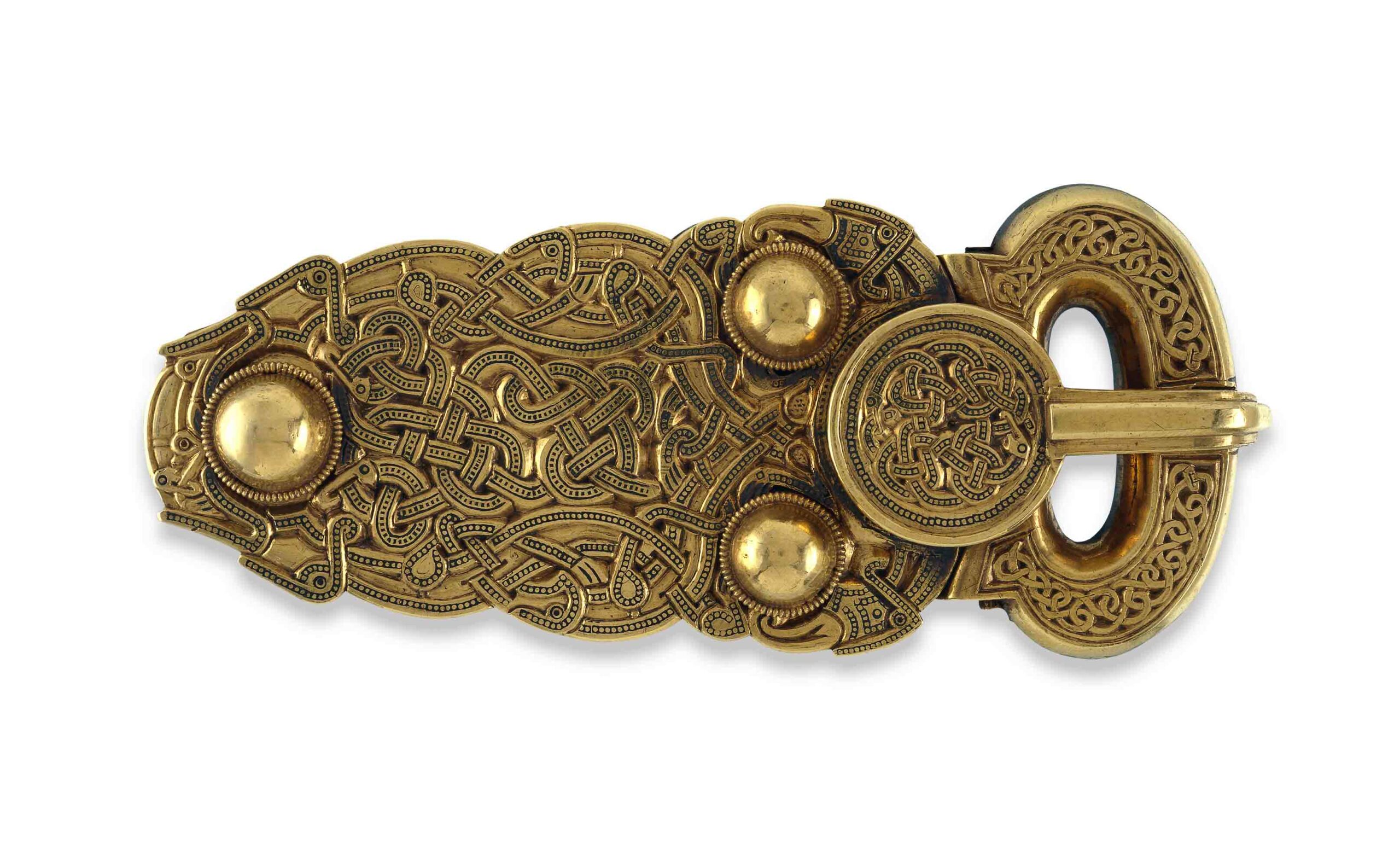 (© The Trustees of the British Museum/Art Resource)
(© The Trustees of the British Museum/Art Resource) -
Features
Seafaring in Ancient Sri Lanka
The untold story of long distance trade in the Indian Ocean more than 2,000 years ago
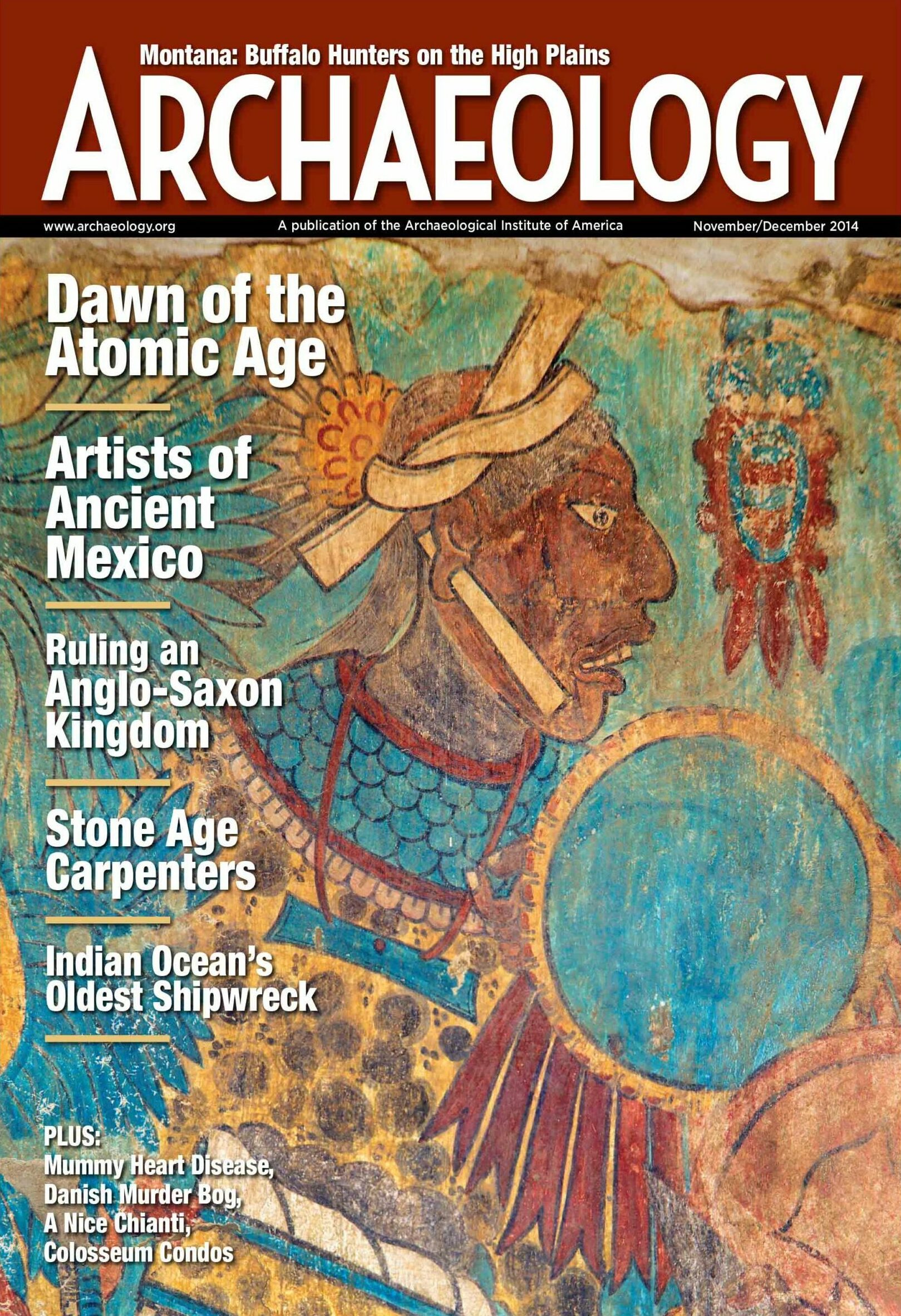
Letter From Montana
Letter From Montana
The Buffalo Chasers
Vast expanses of grassland near the Rocky Mountains bear evidence of an extraordinary ancient buffalo hunting culture

Artifact
Artifacts
Ancient Egyptian Ostracon
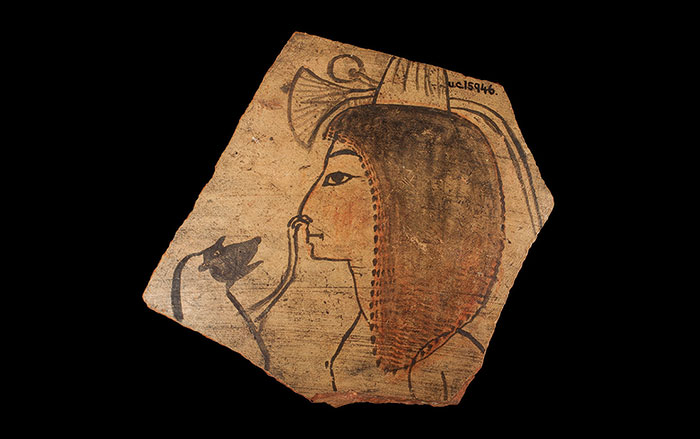
Digs & Discoveries
-
Digs & Discoveries
Heart Attack of the Mummies
 (Brooklyn Museum, Charles Edwin Wilbour Fund, 11.600)
(Brooklyn Museum, Charles Edwin Wilbour Fund, 11.600) -
Digs & Discoveries
Ice Age Lion Made Whole Again
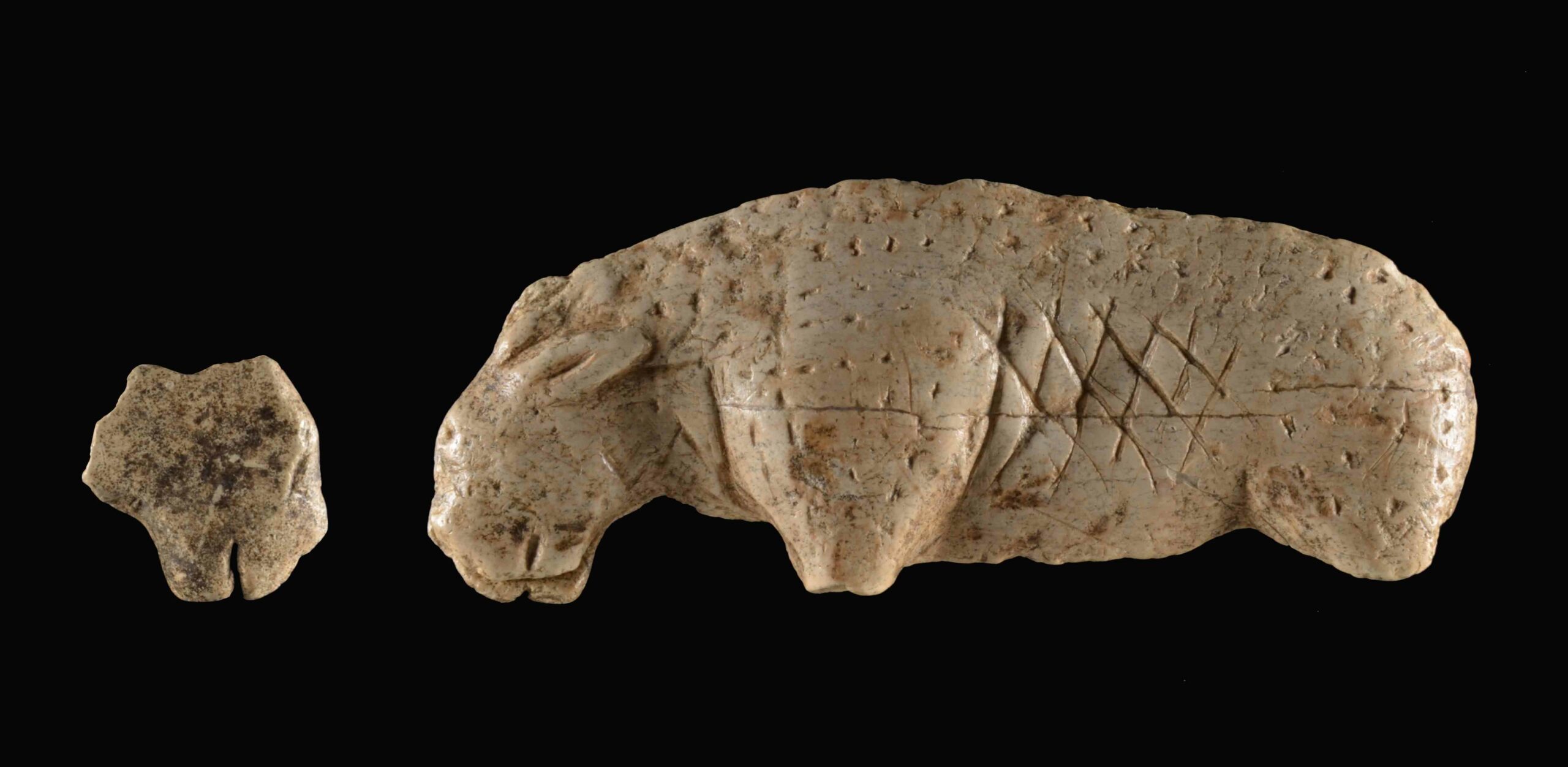 (Courtesy Hilde Jensen, Universität Tübingen)
(Courtesy Hilde Jensen, Universität Tübingen) -
Digs & Discoveries
Fate of the Vanquished
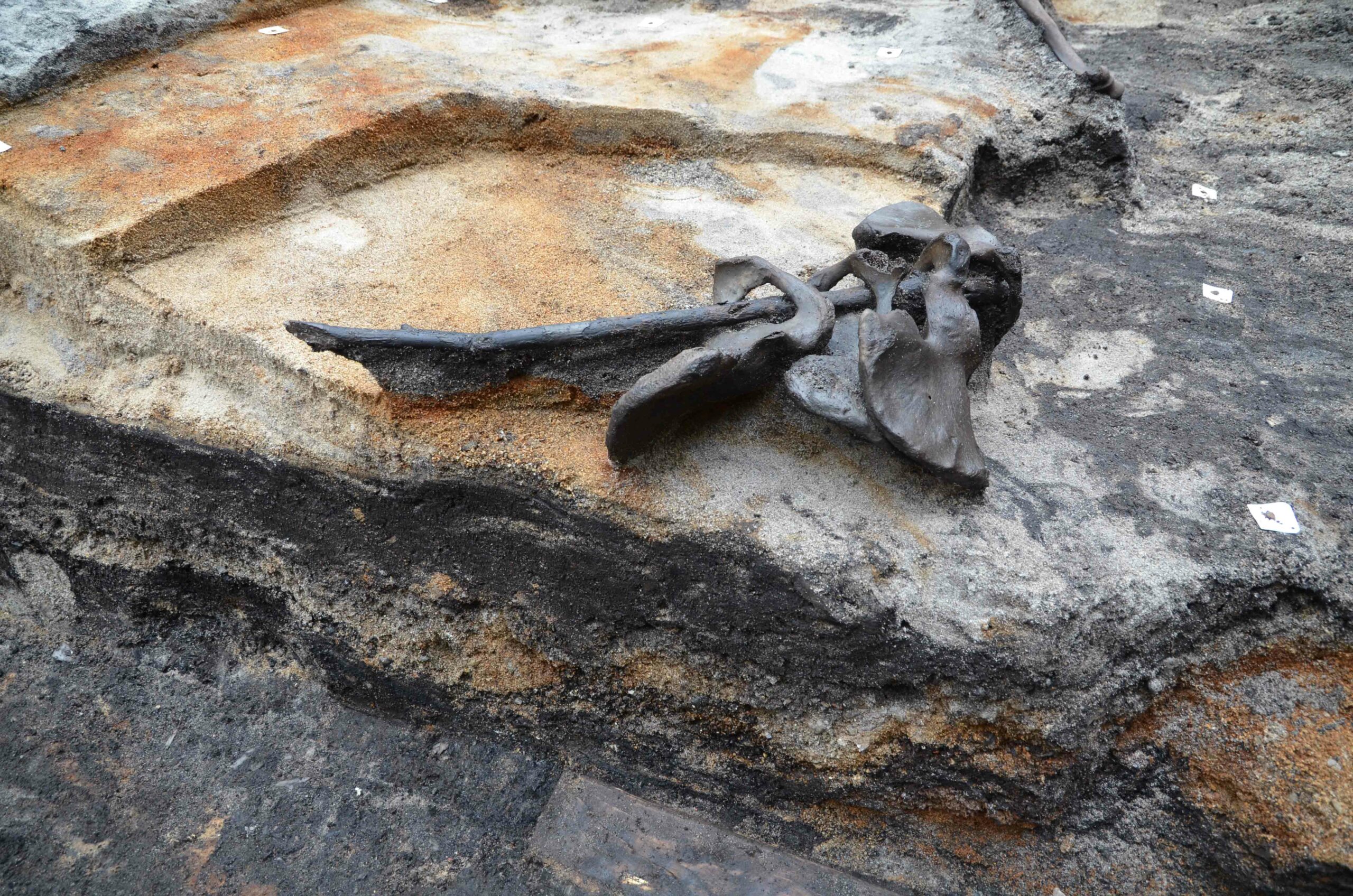 (Courtesy Peter Jensen, Aarhus University)
(Courtesy Peter Jensen, Aarhus University) -
Digs & Discoveries
Fifteen Centuries of Life in Chianti
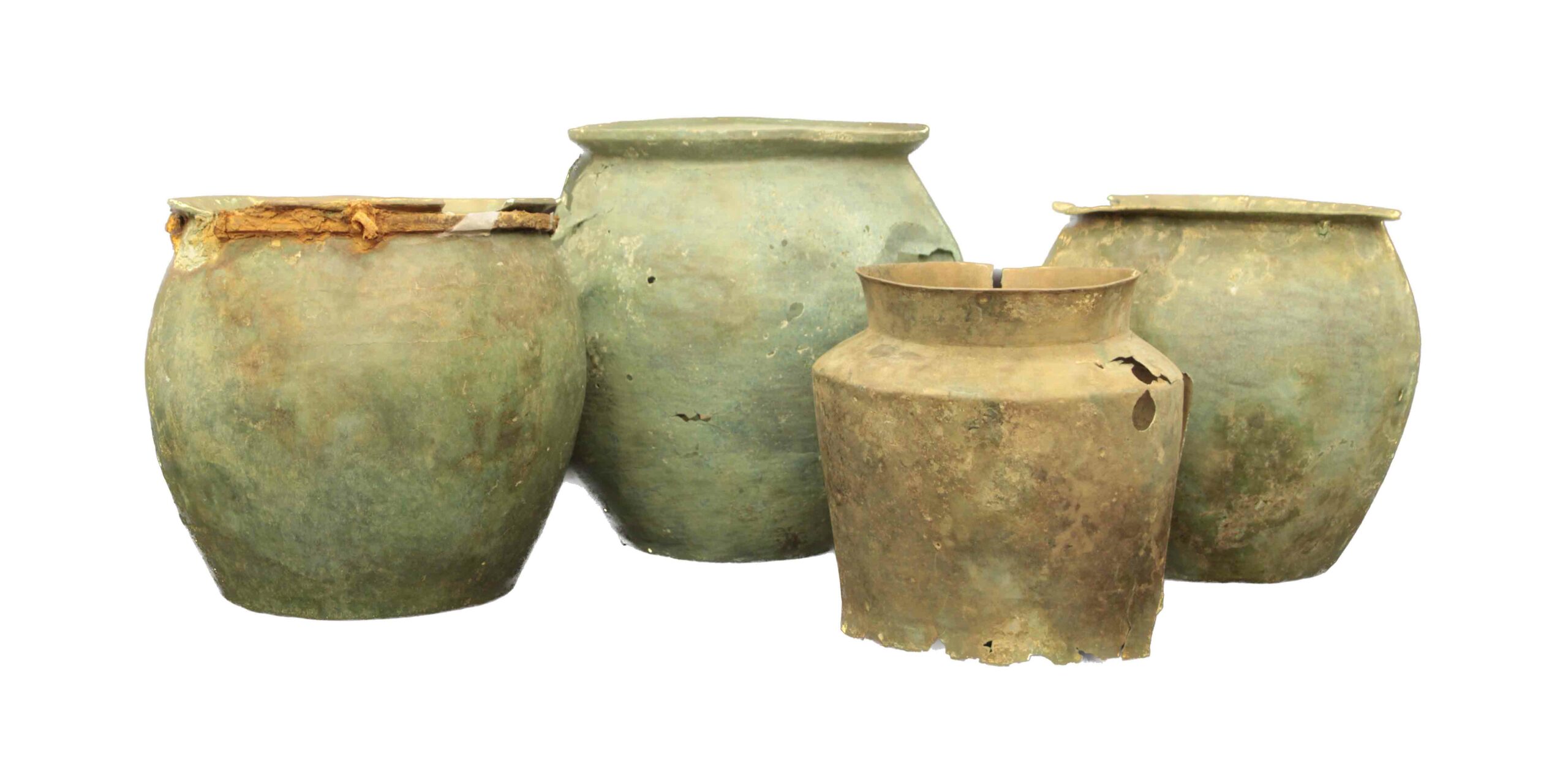 (Courtesy Archives of Cetamura del Chianti)
(Courtesy Archives of Cetamura del Chianti) -
Digs & Discoveries
Storeroom Surprise
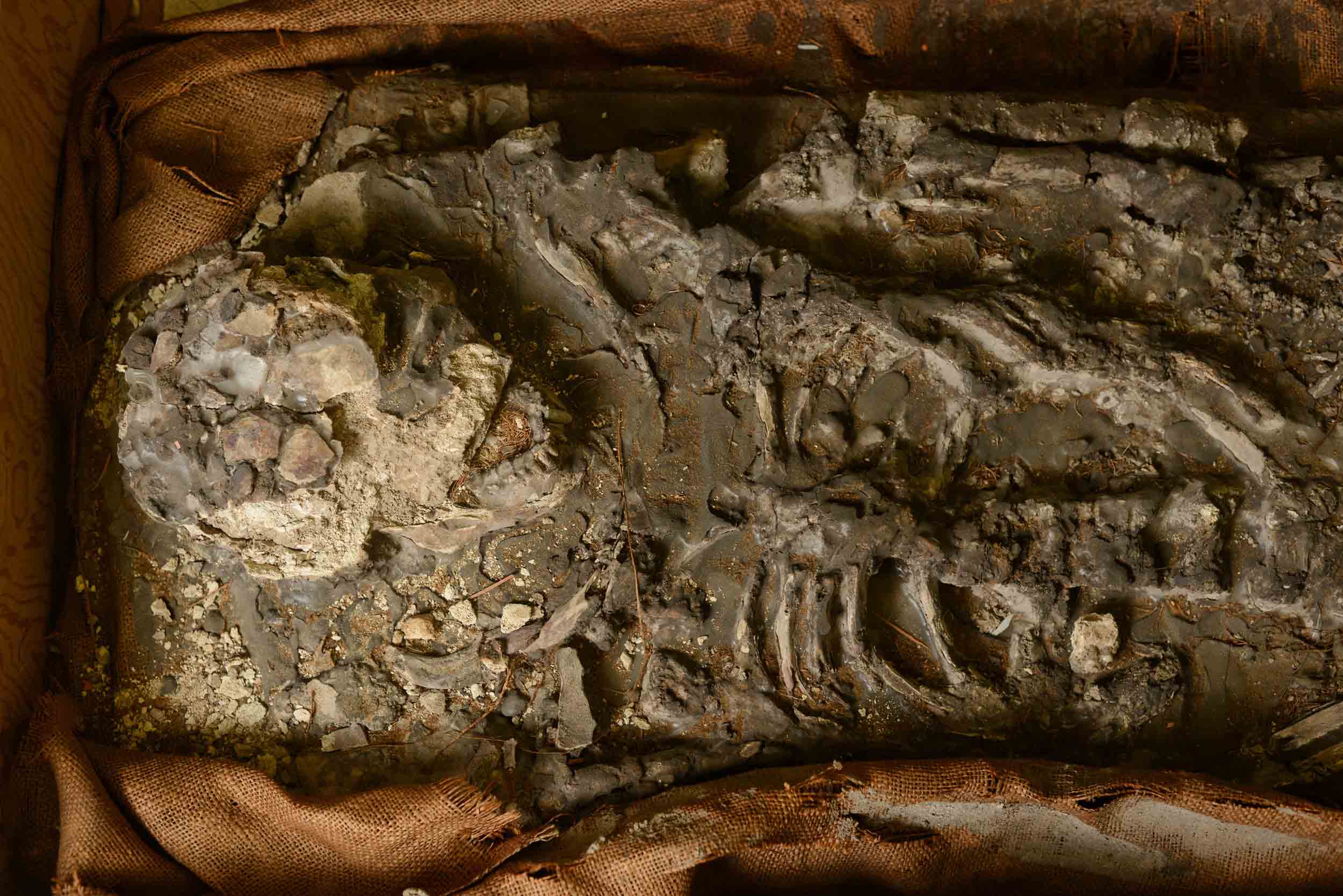 (Courtesy Penn Museum, Kyle Cassidy, 2014)
(Courtesy Penn Museum, Kyle Cassidy, 2014) -
Digs & Discoveries
Hormones and Hominins
 (Courtesy Robert Cieri, University of Utah)
(Courtesy Robert Cieri, University of Utah) -
Digs & Discoveries
North Dakota's Archaeology Boom
 (Courtesy William Caraher)
(Courtesy William Caraher) -
Digs & Discoveries
Colosseum Condos
 (Wikimedia Commons, Marten253)
(Wikimedia Commons, Marten253)
Off the Grid
Off the Grid November/December 2014
Diquis Delta, Costa Rica
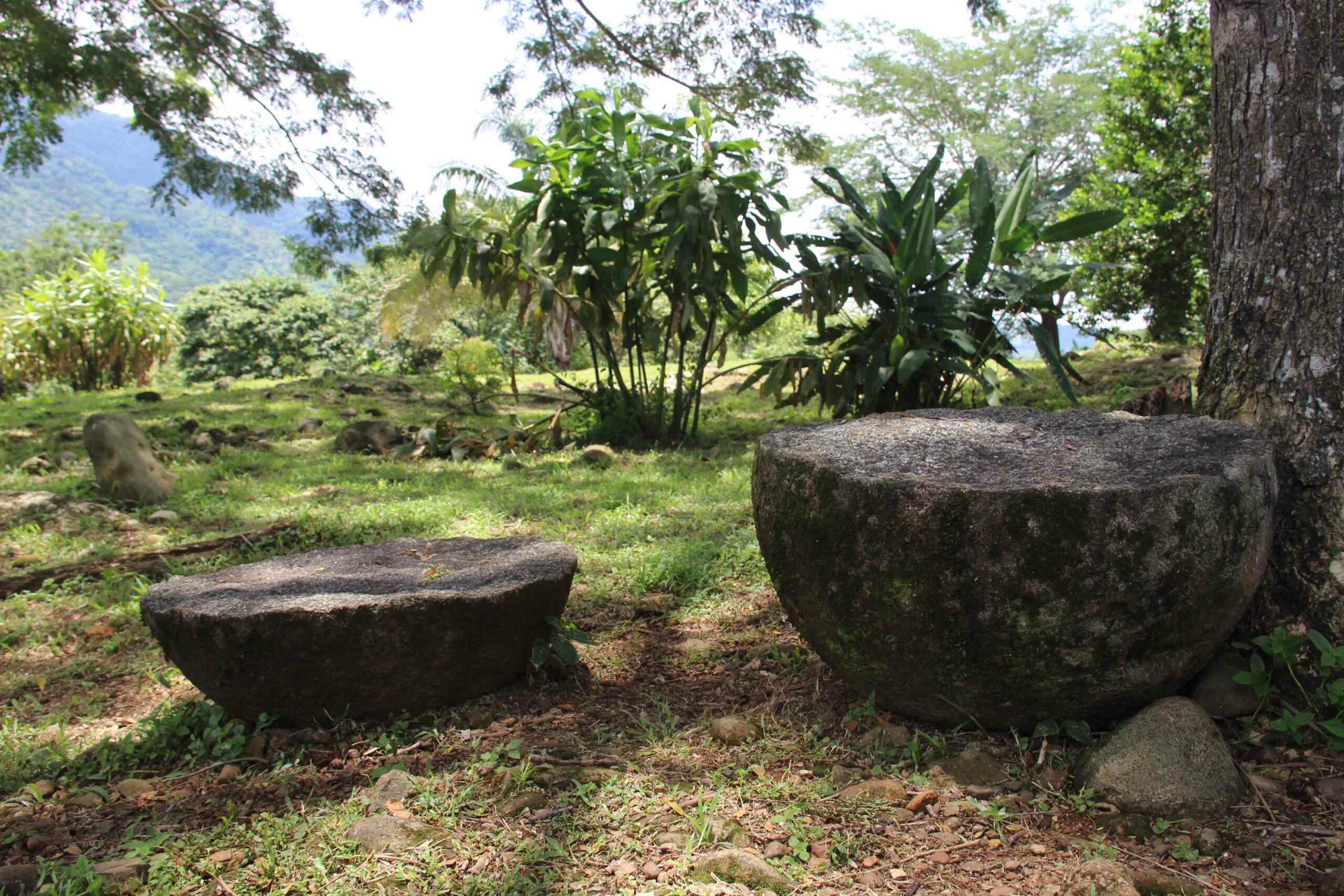
Around the World
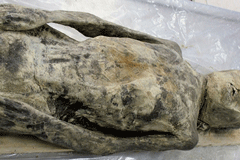
SOUTH KOREA

SOUTH KOREA: A mummy discovered last year in a 17th-century royal tomb from the Joseon period belonged to a man who likely spent much of his life with mysterious pains in his torso. Modern medical imaging techniques—followed by an autopsy—have shown that he suffered from a congenital hernia, a birth defect that left a hole in his diaphragm that allowed the organs from his abdomen, including part of his liver and stomach, to push up into his chest, putting pressure on his heart and lungs.—SAMIR S. PATEL

SUDAN

SUDAN: An archaeological project focused on the city of Dangeil, dating to the Kingdom of Kush, from the 3rd century B.C. to the 4th century a.d., has revealed the results of the excavation of a cemetery. So far, 52 tombs have been excavated with a great variety of grave goods, including large beer jars, a unique set of seven attached bowls, a silver signet ring, and a faience box crafted with udjat eyes, an Egyptian symbol of power and protection. Egyptian, Greco-Roman, and African cultures all influenced Kushite society in the period. —SAMIR S. PATEL
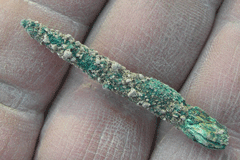
ISRAEL

ISRAEL: A copper alloy awl found at the Middle Chalcolithic site of Tel Tsaf in the Jordan Valley is the oldest known metal object in the Middle East. It dates to between 5100 and 4600 B.C., perhaps a millennium before native copper metallurgy emerged in the region. The composition of the tool suggests that it was imported from the north, which may have been the source for metallurgical technology that would later emerge. It was found in the most elaborate burial of the period in the region, suggesting it was a particularly rare and coveted item.—SAMIR S. PATEL

